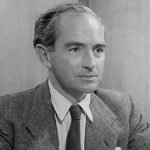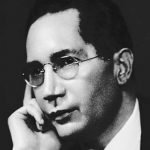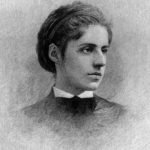Samuel Taylor Coleridge is an English poet- romantic, an outstanding representative of the «Lake school», which determined the development of the English poetry of the 19th century, a critic and a philosopher.
Born: 21 October 1772
Ottery St Mary, Devon, England
Who is Samuel Taylor Coleridge: English poet, literary critic, philosopher and theologian
In his creative works, he switched from democratic feelings into conservative positions in verses, and then he also turned to lectures, biographies and literary memories.
Biography of Samuel Taylor Coleridge
Samuel Taylor Coleridge was born in the 1772 in a large family. He had nine brothers, and he was the youngest one. Since the age of nine, he studied in the London school Christ’s Hospital. After the school, in the 1791, he entered the Cambridge and began to be borrowed by literature, but because of his enthusiasms for ideas of the French revolution, he was sent down and began to carry on propaganda for the revolution defense.

Soon Samuel Taylor Coleridge was disappointed in the revolution and joined the army voluntarily. Several months later, his friends helped him to return to the Cambridge, where he continued getting education until the 1794.
He wanted to leave to America for creation of a commune, but because of lack of funds his ride failed.
In the 1795, Coleridge married in Bristol. He began to think about earnings to provide for his family. The public lectures, which he delivered for this purpose, were full of criticism of the powerful Pitt and were published under the title “Conciones ad populum”. They did not bring any material success, as the edition of the weekly paper “Watchman” undertaken by Coleridge. The edition of Coleridge’s first poem collection “Juvenile poems” (1796) belonged to the number of numerous attempts that were not successful as well.
Thus, he became a romantic poet. Using proceeds from his published works, he set off to Germany and began to study the national literature and philosophy.
Beginning with the 1800s, Coleridge’s poetic creative work began to die down. The biographers note: he accepted high doses of opium. The struggle against opium deprived him of power to work, besides, he lived separately from his family, in the house of strangers. The religious revolution happened to him in those years, he became a faithful Christian and began to write much on religious and philosophical issues.
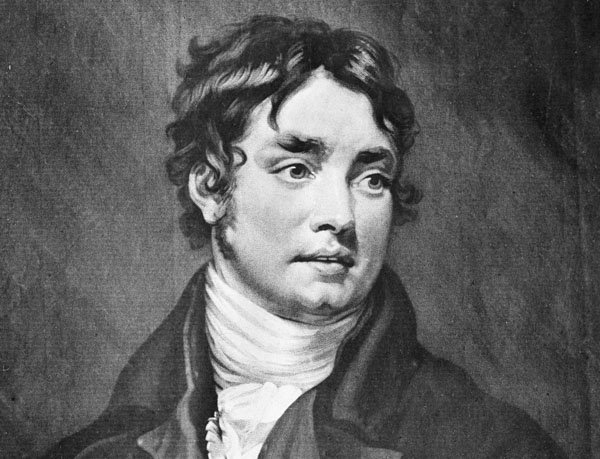
Coleridge died in the 1834 in the Highgate (London). After his death, a crater on Mercury was called in Coleridge’s honor.
Creative work of Samuel Taylor Coleridge
In the 1789, he wrote the poem “Bastille seizure”.
In the 1798, his first edition of “Lyrical Ballads” took place. His best poems, which he had planned already in his student years, were collected in it. His creative inspiration was short, for about two years, but in that period, his best works were created.
Samuel Taylor Coleridge poems, namely the ballads, are permeated by a sad mood and good attitude towards the nature. In his philosophy, Coleridge strove to cognize the principle of the absolute. His views were exposed in some of his works: «Aids to Reflection», «The Friend», «The Biographia Literaria».
Samuel Taylor Coleridge poems
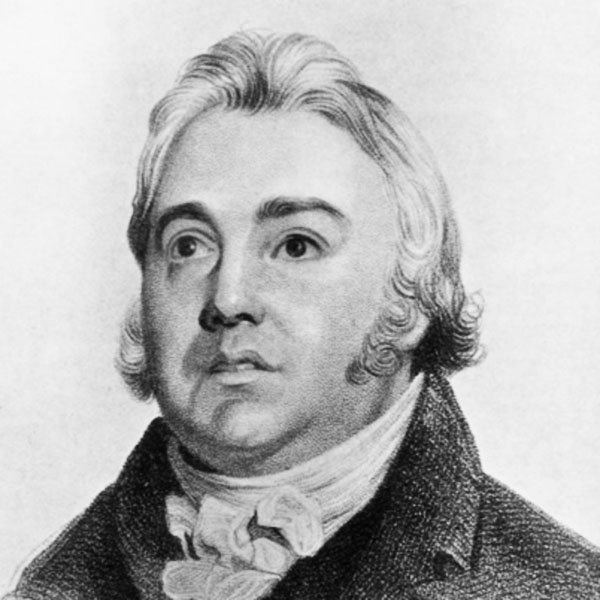
During the lifetime of Coleridge, his meaning as a philosopher and a teacher overshadowed all the rest of features of his talent, including the poetic one.
The best time of Coleridge’s poetic works fell on the 1797. In that period, the poet lived in the village, took numerous walks, went on excursions and wrote “Genevieve”, “Kubla Khan”, “Dark Ladie” and the best of his capital poems “Ancient Mariner” and “Christabel”.
The original of the poem of Samuel Taylor Coleridge “Kubla Khan” was written in autumn of 1797 (or spring of 1798), when he was under a strong dose of opium. There was an apparition with him. Unfortunately, this apparition was interrupted with someone’s coming to his place, and he was waken out of a trance. Samuel himself said that this verse was just a fragment and he had wanted to write a great deal more, but had not done it in time. The poem was published in the 1816, but it was not acknowledged. The critics said they were above discussions of this verse. Now these fifty-four lines are one of the most intensely discussed and controversial from the entire known poetry. Everyone, who read this poem, consider oneself obliged to write something about it. It follows from the one of sources, that for the entire human history, there were more publications only about Napoleon.
Everyone, who wants to feel all the variety and the sense labyrinth of the poem “Kubla Khan”, must read it in the original.
How did Samuel Taylor Coleridge die?
While the officially known cause of Coleridge’s death was heart failure exacerbated by an unknown lung disorder, many researchers connect it with opium.
Popular poems by Samuel Taylor Coleridge
- What Is An Epigram?
- A Broken Friendship
- Sonnet Xiv. Composed While Climbing The Left Ascent Of Brockley Coomb, In The County Of Somerset
- To An Unfortunate Woman, Whom The Author Had Known In The Days Of Her Innocence
- Lines To W. L. While He Sang A Song To Purcell’s Music
- Sonnet Xi. To Sheridan
- Sonnet Xiii. To La Fayette
- Sonnet Xxi
- The Alienated Mistress; A Madrigal. (From An Unfinished Melodrama)
- Religious Musings : A Desultory Poem Written On The Christmas Eve Of 1794
Facts about Samuel Taylor Coleridge
- Coleridge’s father married twice and had fourteen children, Samuel Taylor the youngest of them
- apart from writing poetry, Coleridge was known as a literary critic, philosopher, and theologian
- he was among the co-founders of the British Romantic Movement and was considered its leader
- “suspension” and “disbelief” are among the many words coined by Coleridge
- researches suppose that the poet had bipolar disorder, but it wasn’t diagnosed when he was alive
- the poet’s opium addiction, which lasted all his life, is believed to have been fostered by laudanum, with which he was often treated when a child.
Samuel Taylor Coleridge death: 25 July 1834 in Highgate, Middlesex, England
